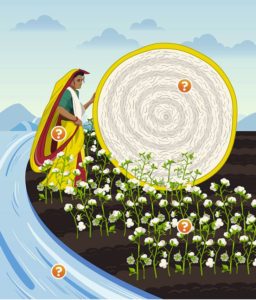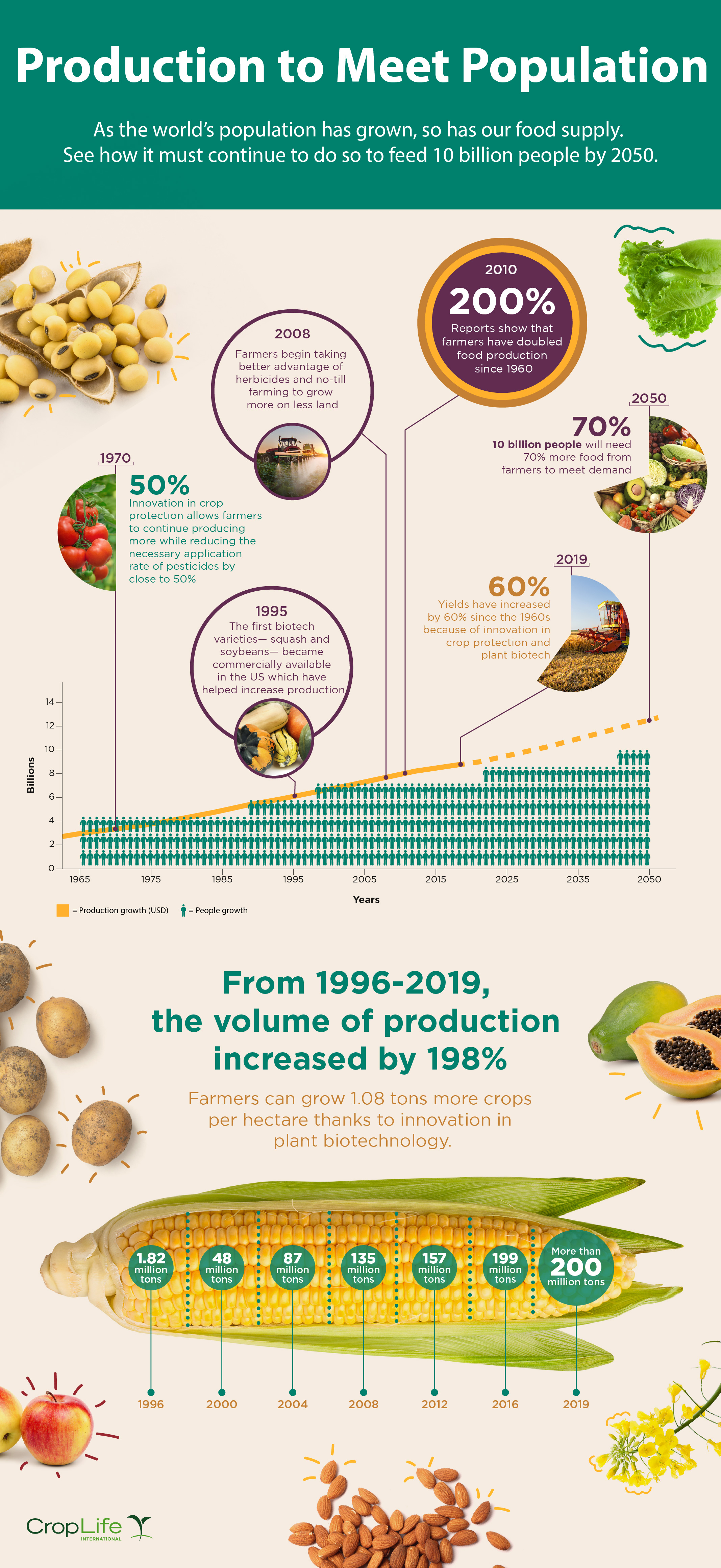
CropLife Asia Calls on Region’s Stakeholders to Work Together to Address “Unacceptable” Food Crisis
United Nations’ Report on Food Security & Nutrition Highlights Troubling Trends in Asia
Singapore, 16 July 2019 – With the release of the 2019 State of Food Security & Nutrition in the World by the United Nations (UN), new data has come to light indicating hunger, undernourishment and obesity are at critical levels globally and throughout Asia in particular. In light of these troubling trends, CropLife Asia is now calling on the region’s food value chain stakeholders to work collectively to ensure a safe and nutritious food supply across the continent.
According to the UN research, some 820 million people did not have enough food to eat in 2018 – this is up from 811 million in 2017 and represents the third consecutive year of increase. Meanwhile, over 513 million of those hungry people (or over 62%) call Asia home. When it comes to undernourishment, the statistics are also discouraging. In 2018, the largest number of undernourished people around the world (more than 500 million) lived in Asia.
“The hunger and undernourishment trends taking place across Asia are simply unacceptable,” said Dr. Siang Hee Tan, CropLife Asia Executive Director. “In an age when Asia leads the way on so many fronts, this cold reality is a reminder we have much work yet to do.”
“The UN is to be commended for this research and raising awareness around this critical issue. It’s now time for the food value chain stakeholders in Asia to work together like never before to address this dilemma.
“While the technologies and innovations of plant science are part of the solution to feed our growing population, they’re only one part. The responsibility to ensure our region’s men, women and children have enough safe and nutritious food to eat is a shared one. The time is now for a renewed effort with the region’s governments, industry and civil society working together. The stakes are simply too high to not act now.”
Earlier statistics have also shown that obesity and overweight rates across ASEAN are particularly on the rise – especially among children. According to WHO data, the incidence of obese and overweight children across Southeast Asia has increased 150% since 2000.
The phenomena of rising undernourishment and obesity rates concurrently is commonly referred to as the ‘double burden’. In an effort to highlight this dilemma and discuss shared solutions, CropLife Asia partnered with the US-ASEAN Business Council and EU-ASEAN Business Council in 2019 to form the ASEAN Safe, Nutritious Food Alliance. This new group has conducted public-private sector dialogues in Bangkok and Hanoi thus far with key findings, shared solutions, and opportunities for greater partnership coming to light to better ensure safe, nutritious and abundant food supplies in Thailand and Vietnam respectively.
###
About CropLife Asia
CropLife Asia is a non-profit society and the regional organization of CropLife International, the voice of the global plant science industry. We advocate a safe, secure food supply, and our vision is food security enabled by innovative agriculture. CropLife Asia supports the work of 15 member associations across the continent and is led by six member companies at the forefront of crop protection, seeds and/or biotechnology research and development. For more information, visit us at www.croplifeasia.org.
For more information please contact:
Duke Hipp
Director, Public Affairs
CropLife Asia
Tel: (65) 6221 1615
duke.hipp@croplifeasia.org




















